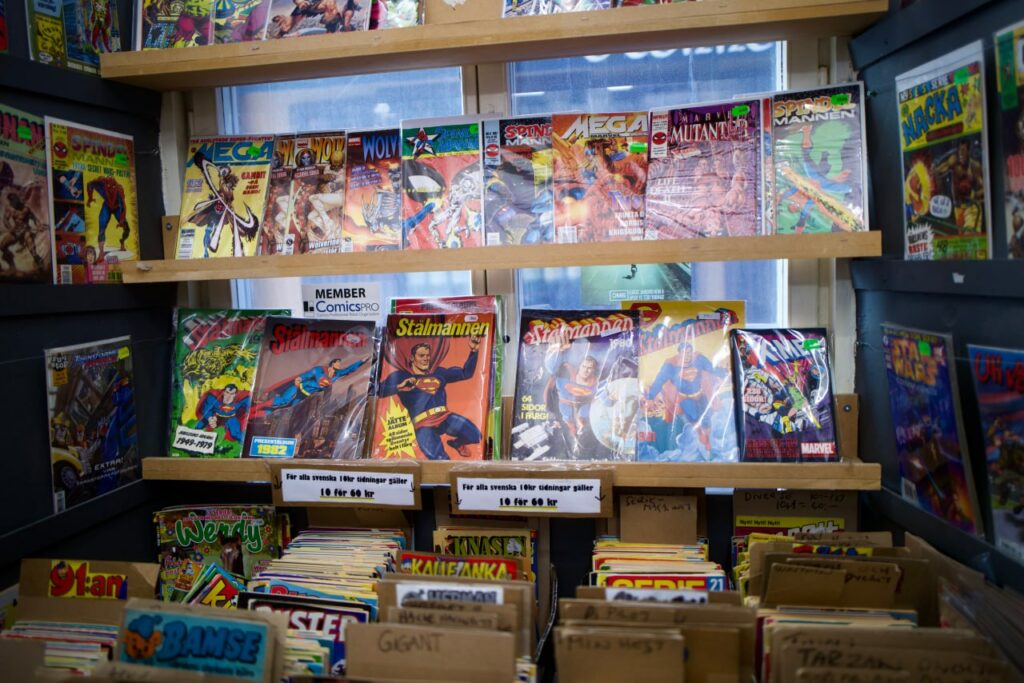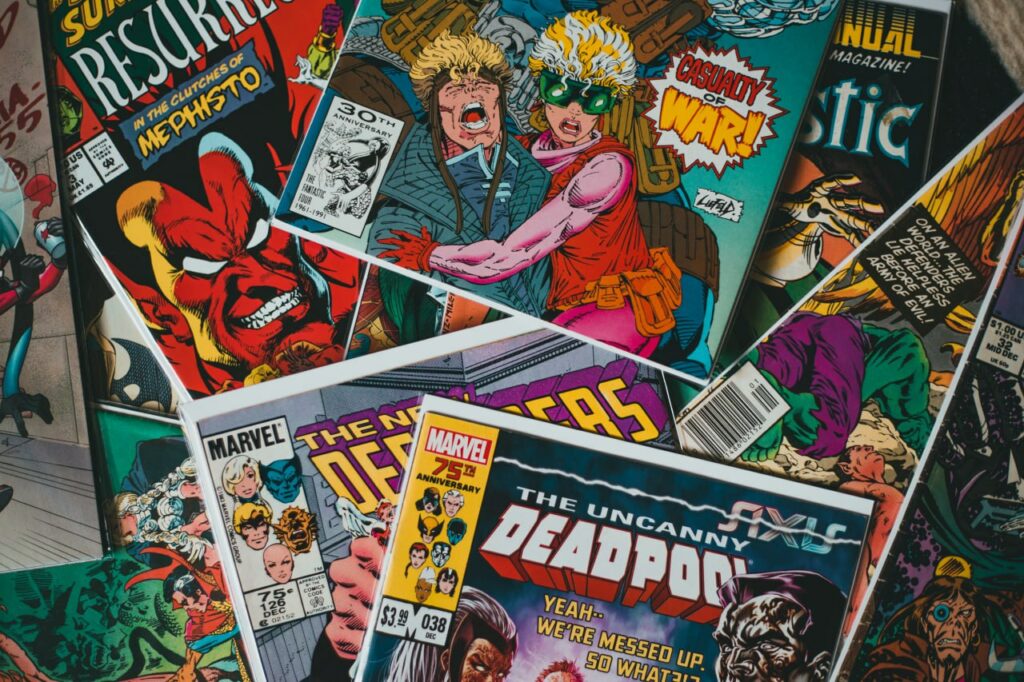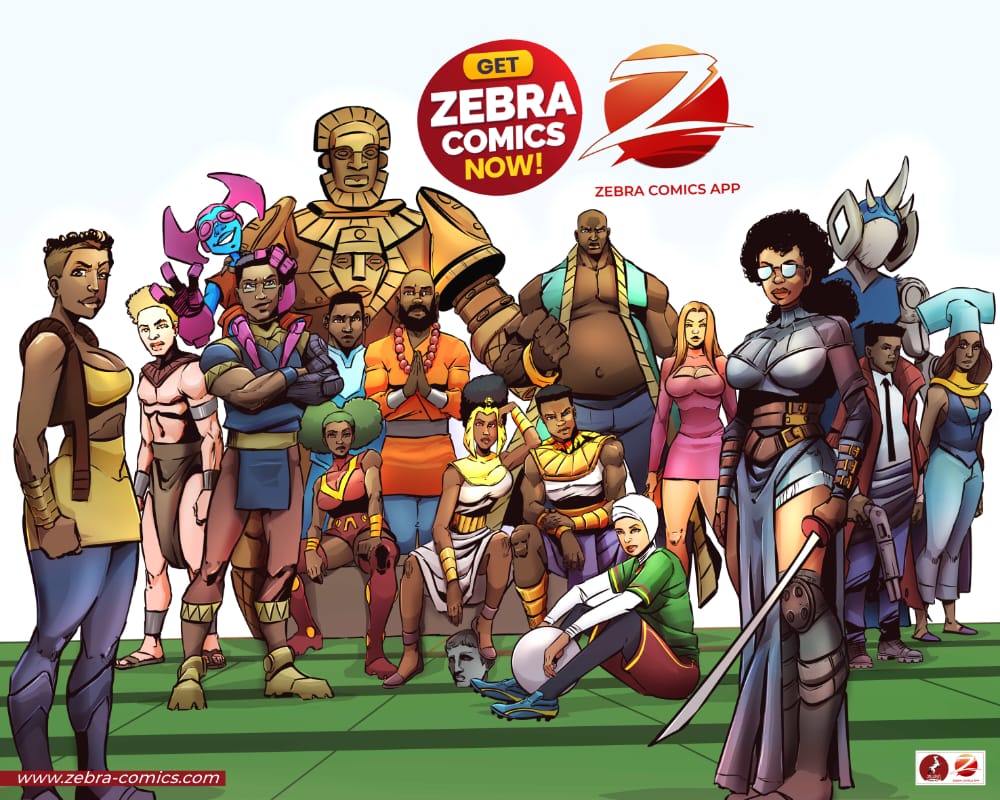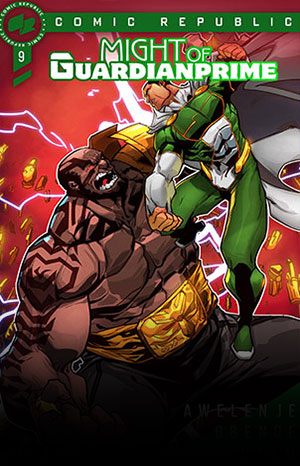Comics are a form of sequential art that combine images and text to tell stories. They have a long and rich history that spans different cultures, genres, and media. In this article, we will explore the origins and evolution of comics as an entertainment medium, the rise and impact of digital or webcomics, and the challenges and opportunities that print comics face in the digital age.
The Advent and Success of Comics
Comics as a print medium have existed in the United States since 1842, when The Adventures of Mr. Obadiah Oldbuck by Rodolphe Töpffer was published in hardcover, making it the first known prototype American comic book. However, the medium was initially developed through comic strips in daily newspapers, which became popular in the late 19th and early 20th centuries. Comic strips featured characters such as The Yellow Kid, Little Nemo, Krazy Kat, Popeye, and Mickey Mouse, who became national celebrities and were subject to cross-media adaptation.
The first comic book that contained original material was Famous Funnies, which debuted in 1934. The true breakthrough of the comic book industry came in 1938 when Superman appeared in Action Comics #1, published by National Allied Publications (a predecessor of DC Comics). Superman launched the Golden Age of Comic Books, a period that saw the emergence of many superheroes such as Batman, Wonder Woman, Captain America, and Spider-Man. Superheroes dominated the comic book market during World War II, but after the war, other genres such as romance, horror, western, and science fiction also gained popularity.

Comic books faced a backlash in the early 1950s when they were accused of corrupting youth and promoting violence, crime, and immorality. A Senate subcommittee investigated the comic book industry and a psychiatrist named Fredric Wertham published a book called Seduction of the Innocent, which claimed that comic books were harmful to children’s mental health. In response to this criticism, comic book publishers formed the Comics Code Authority (CCA), a self-regulatory body that imposed strict guidelines on the content of comic books. The CCA effectively censored many comic books and eliminated some genres altogether.
The Silver Age of Comic Books began in 1956 when DC Comics revived its superhero line with new versions of The Flash, Green Lantern, and others. Marvel Comics also introduced new and popular superheroes such as Fantastic Four, X-Men, Hulk, Iron Man, Thor, and Avengers. The Silver Age lasted until the early 1970s when social issues such as civil rights, feminism, environmentalism, and anti-war movements influenced the stories and characters of comic books. The Bronze Age of Comic Books (from 1970 to 1985) also saw the rise of underground comics, which addressed more adult themes and followed a new distribution model.
The Modern Age of Comic Books began in the mid-1980s and continues to this day. This period is characterized by more diverse and complex stories and characters, as well as more artistic experimentation and innovation. Writers and artists such as Alan Moore, Frank Miller, Neil Gaiman, Grant Morrison, Brian Michael Bendis, Scott Snyder, Fiona Staples, and many others have redefined classic characters and created new ones. Some landmark publications such as Watchmen, The Dark Knight Returns, Sandman, Maus, The Walking Dead, Saga, and others have expanded the medium’s potential and appeal.
The New Trend of Digital Comics
Digital comics are comics that are released digitally, as opposed to in print. They can take various forms such as mobile comics, webcomics, or e-comics. Digital comics have become more prevalent with the growing use of smartphones, tablets, and desktop screen reading. Digital comics offer several advantages over print comics: they are more accessible, affordable, convenient, interactive, diverse, and environmentally friendly. They also allow more creative freedom for creators who can bypass editorial or publishing constraints.
Webcomics are a subset of digital comics that are published on websites or online platforms. They can be free or paid, serialized or standalone, professional or amateur. Webcomics have a history that dates back to the mid-1980s, but they became more popular in the late 1990s and early 2000s with sites such as Keenspot, Penny Arcade, SMBC Comics, Hark! A Vagrant, Oglaf, Gunnerkrigg Court, and many others. Webcomics cover a wide range of genres and styles, and some have been adapted into other media such as books, games, movies, and TV shows.
Digital comics have also reached African audiences and creators, who have embraced the medium as a way to express their stories and culture. There are several African digital comics publishers that produce original and diverse content for local and global markets. Some of them are:

- Zebra Comics: Zebra Comics is a Cameroonian comic book publishing enterprise that publishes African stories in general, and Cameroonian stories in particular. Their goal is to export African stories and cultures to the world using the comic book medium. They publish new episodes of old and new comics daily on their website and mobile application. You can find some of their stories such as Kawana, Jemiro, Njoku, Mancraft, My Breakup Ended The World, Love At First Fight and many others.
- Comic Republic: A Nigerian publisher that creates superhero comics with African themes and values. Some of their titles include Avonome, Guardian Prime, Ireti Bidemi, and Visionary. Their comics are available for free on their website.
- Raptures: Also a Nigerian publisher that produces comics based on Mobile Comics of Black American, African & Arabian Origin. Some of the titles you’ll find on their platform are Jerusalem on High, Queen Iden, The Vengeance of Ekpo, The Chronicles of Sa-Ra and many more.
- Vortex Comics: Another Nigerian publisher that focuses on sci-fi, fantasy, and horror comics inspired by African mythology and folklore. Some of their titles include OJuju, Spirit Wars, and Orisha R. Their comics are also available for free on their website.
- Peda Entertainment: Peda Entertainment is a multi-media servicing company based in Lagos, Nigeria set out to create and publish African-inspired fantasy, sci-fi, action and drama. Some of their titles include Tek Kids, Olaju, Chayoma and Showdown. You can purchase print or digital versions of their comics on their website.
- Etan Comics: An Ethiopian-American publisher that creates comics based on Ethiopian history and mythology. Some of their titles include Jember, Hawi, and Zufan. Their comics can be purchased in print or digital format on their website.
These are just some examples of the vibrant and growing African digital comics scene, which has a lot of potential to reach wider audiences and create more opportunities for African creators.
How Digital Comics Affect Print Comics
The rise of digital comics has inevitably affected the sales and consumption of print comics, both positively and negatively. On one hand, digital comics have increased the accessibility and visibility of comics as a medium, especially for new or casual readers who may not have access to or interest in physical comic book stores. Digital comics have also introduced more diversity and innovation to the medium, as well as more options for creators to distribute their work independently or through platforms such as Comixology, Zebra Comics, Webtoon, Tapas, or Manta. Digital comics have also created new revenue streams for publishers and creators through subscriptions, ads, merchandising, crowdfunding, or licensing.

On the other hand, digital comics have also posed some challenges and threats to the print comic industry. Digital comics have reduced the demand for print comics, especially among younger generations who prefer digital media over physical media. Digital comics have also increased the competition and fragmentation of the comic market, as well as the piracy and illegal distribution of comic content. Digital comics have also raised some issues regarding the preservation, ownership, quality, and authenticity of comic content.
The future of print comics in the face of the digital boom is uncertain, but not necessarily bleak. Print comics still have some advantages over digital comics, such as the collectibility, tangibility, nostalgia, and prestige of physical books. Print comics also have a loyal fan base that values the experience of visiting comic book stores, browsing shelves, interacting with staff and fellow readers, and supporting local businesses. Print comics also have a cultural and historical significance that cannot be easily replaced by digital media.
The relationship between print comics and digital comics is not necessarily antagonistic or mutually exclusive. Rather, it can be complementary or symbiotic, as both formats can coexist and benefit from each other. For example, print comics can use digital platforms to promote their titles, reach new audiences, or offer bonus content. Digital comics can use print formats to expand their distribution channels, increase their legitimacy, or offer physical rewards. Both formats can also collaborate or cross-pollinate to create hybrid or transmedia products that enhance the comic experience.
Conclusion
Comics are a dynamic and diverse medium that has evolved over time to adapt to changing technologies, markets, and audiences. Digital comics are the latest manifestation of this evolution, which offer new possibilities and challenges for the medium. Print comics are still an important part of the comic culture and industry, but they need to find ways to coexist with digital comics in order to survive and thrive in the digital age.




